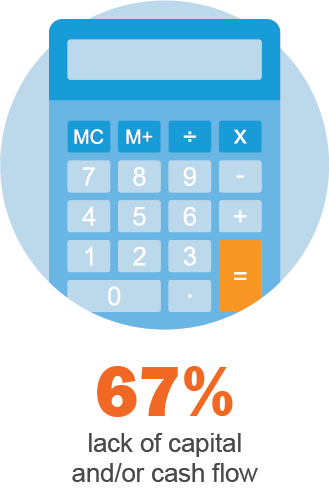
Tahun 2020 akan melabuhkan tirainya pada hari ini. Banyak kenangan pahit dan manis yang berlaku sepanjang tahun 2020. Kawan-kawan juga ada yang berpindah ke tempat yang baru. Selamat maju jaya pada kawan2 team DDI yang akan tempat baru
- Pn Que
- En Subha
- En Madradzi
- Pn Aruslin
- En Azman
- Pn Shafika Hani
Semoga ceria selalu. Move on and happy always.





























Recent Comments